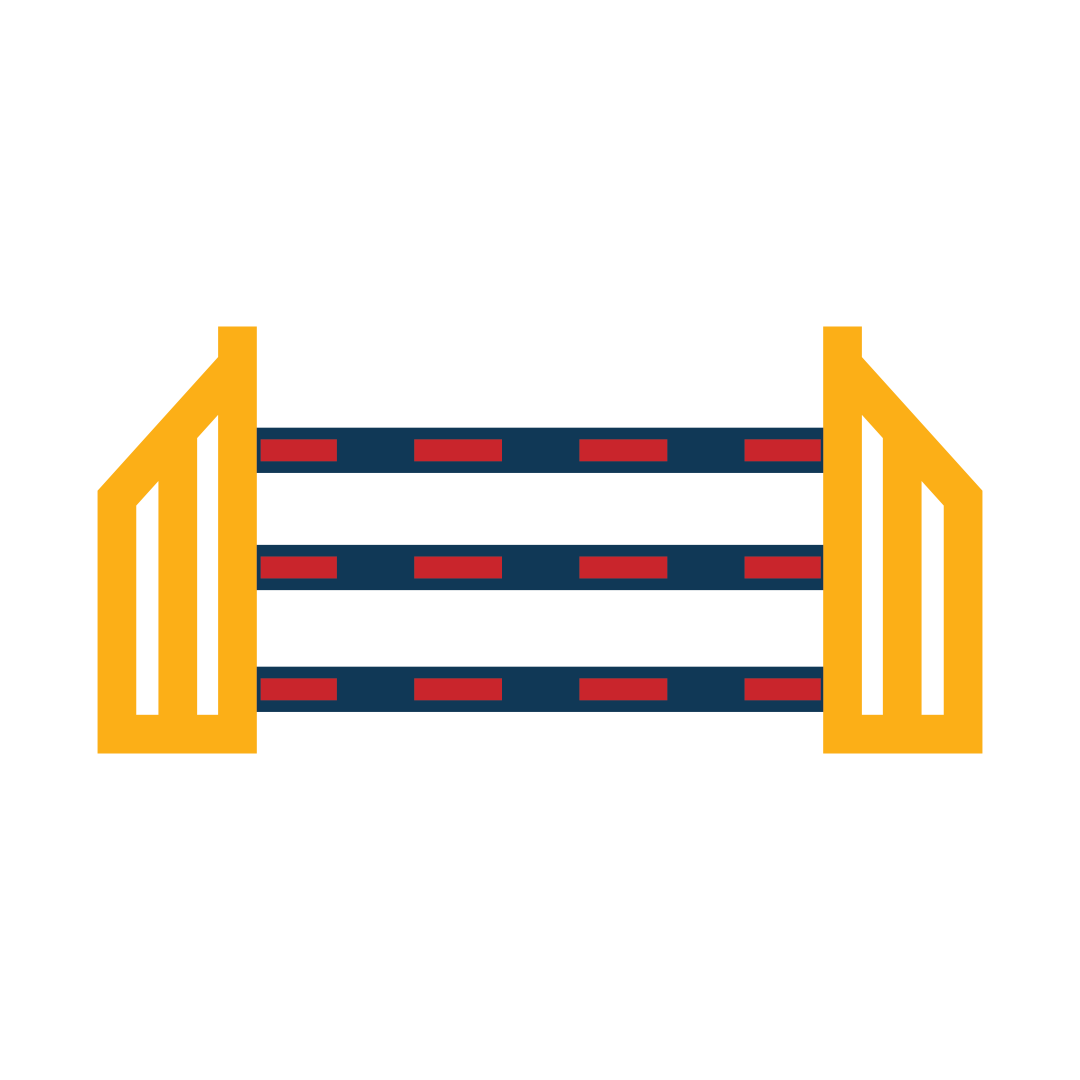Showjumping Explained
THE SPORT
It’s a simple goal at the heart of the glamour sport of jumping – jump a set course, leaving all the rails up, inside the time allowed. It sounds easy, but there is plenty more that comes into play. Riders will pick up faults or penalties for knocking a rail down, if their horse stops at a jump, or they run outside the time allowed. The winner is the combination who have the least number of faults and complete the course in the fastest time.
FAULTS
There are a number of different types of competitions. Some will be a single speed round where faults are converted to seconds and added to the time in which the combination complete the course. Some will have an immediate jump-off where a combination who complete a clear round, inside time, will go straight into a jump-off without leaving the arena. Another variation is where those with a clear round progress to a jump-off, which is a shortened course against the clock. A two round competition sees judges bringing back a set number of combinations, some of whom could be carrying faults from the first round which will be added for their final score. If a horse refuses to jump an obstacle, it will add faults to the rider’s tally and possibly time penalties as well. A refusal could be a stop in front of the jump, a run out or a rider crosses their own tracks. A course error or a fall is immediate elimination.
TOURS
The Takapoto Classic (summer event) has gold, silver, bronze, copper, amateur, pony and age group tours which include qualifiers and a final. Everyone will start in the first qualifier, with a set number going through to the final. Those who miss out can try again in the second qualifier.
THE FORMAT
Once the course is set, riders will walk the course on foot, stepping out the distances between jumps so they know how many strides their horse will take, looking to see how they will ride each line and ensuring they know where to go. Each class is a different course. You will sometimes see a second combination (ie: horse & rider) in the arena while the first one is completing their round. This is completely allowed and gives the rider a chance to familiarise the horse with the atmosphere and jumps. Once the bell rings, a combination has 45 seconds to go through the start flags to begin their round. Their round is complete when they pass through the finish flags. Watching each round is a team of judges who are responsible for marking down what happens at each jump. You will see riders salute the judges before their round, or to mark their retirement from the class.
THE JUMPS
There are quite a few different types of jumps. The rails are held up in very shallow cups, so the lightest touch can see them drop to the ground and gain faults for the rider. Each jump has a number on it, with a red flag on the right, and a white on the left.
WATER
A water jump doesn’t have height, but instead spread, with faults collected if they touch the tape on the edges.
VERTICAL
The vertical is as it sounds, just straight up and down.
TRIPLE BAR
A triple bar is similar to the oxer but with a third component, each gradually higher than the previous one.
OXER
An oxer is two jumps creating a spread. The poles at the top of each may or may not be the same height, and the spreads can sometimes be huge.
COMBINATION
Combinations are doubles or trebles where there are up to three obstacles in a related line that need to be jumped separately. If a horse has a run-out or stop it must start again at the first of the combination.
LIVERPOOL
A Liverpool is a type of water jump beneath a vertical or an oxer, although sometimes it doesn’t actually contain water, but instead a blue tarp.







